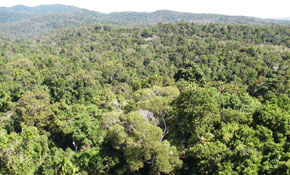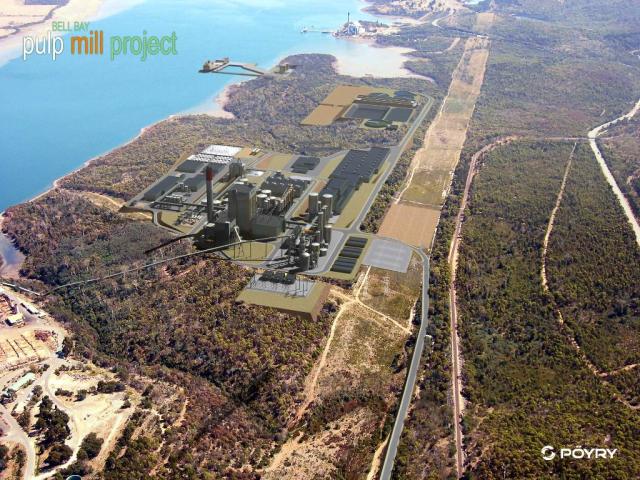
The Case Against
Dreadlocked conservationists, with their earth-imbued clothing, have been thin on the ground in the protests against the pulp mill proposed by timber giant Gunns Ltd.
Instead, they’ve been outnumbered by business people (wearing suits, of all things, to protest rallies), farmers, young families and older people – – noticeably women.
Those saying “no” to a pulp mill on the Apple Isle come from a good cross section of society. Along with the greenies, the protestors are residents and business owners who live, and derive an income, locally. They are scared the pulp mill proposed by Australia’s biggest timber company will change their lives forever. And not in a good way. Their objections include economic, liveability, bioethic and biodiversity reasons.
Economic nonsense
Let’s take the hard, cold cash arguments first.
An economic report, commissioned by the Tasmanian Roundtable for Sustainable Industries (TRSI), found that the pulp mill will cost some 1,220 jobs – – with 1,044 jobs lost from the tourism industry and at least 175 jobs from local fishing businesses. On the flip side, a government-sponsored study, carried out by ITS Global consultants, found 280 jobs would be created at the mill – – a deficit of 940 on the status quo.
The Mercury newspaper reported that the TRSI commissioned the economic study of the proposed pulp mill’s costs and benefits after northern Tasmanian businesses were “shocked that the State Government had asked for a benefits-only analysis as part of its fast-track mill assessment process”. Using a moderate-risk assessment scenario, the report found Tasmanian tourism would suffer nearly a $1.1 billion loss (both directly and in lost opportunities).
Sales in the fishing industry would be slashed by $175 million if Tasmania’s clean-green sales niche is lost (which, the local fishing industry says, will happen if the mill goes ahead). But it will lose four times that amount from dioxin contamination of fish and shellfish, when effluent from the mill is pumped into Bass Strait (see “On the nose, take two” below).
The TRSI report also said farming industries believed the 26 gigalitres of water a year the mill would use could generate “a much greater amount of agricultural production, while land lost to pulp mill plantations is costing farmers $403 million in lowered potential farm output”.
In an objection to the Resource Planning and Development Commission (RPDC), the original body charged with investigating the mill’s environmental merits, Dr Phill Pullinger, chairman of Environment Tasmania (an umbrella body representing more than 20 environment groups across the state), said the true economic costs had been left out of the cost-benefit analysis of the pulp mill’s impact on the Tasmanian economy. “That’s because costs associated with displacing existing and potential industries had simply been left out”. Dr Pullinger said losses to the wine, tourism, farming and fishing industries needed to be “fully quantified and included in the analysis presented to the Tasmanian community”.
The Tasmanian Biodynamic Co-Operative says 150,000 tourists travel the Tamar Valley Wine Route annually, in a state noted for its “clean, green and clever” image. The region showcases the state’s best produce and leading restaurants. But, says the co-op, the pulp mill threatens to undermine these vignerons, chefs, aquaculture and small agribusiness enterprises. “The diversified regional economy [will be] sacrificed to the corporate agenda.”
The group explains this with: a Tamar vineyard can expect to yield five tonnes of grapes per hectare per year, selling at $15,000/ha a year. Cellar door wine sales can be $40,000/ha per annum. “Then there might be restaurants, cafes, functions and catering services incorporated in the vineyard’s business plan. Yet the Tamar valley wine industry is to be sacrificed for a forestry industry being subsidised to return, optimistically, $1,600/ha a year in a pulp mill.” Not even Megan Gale could make those figures look good.
Comment below to have your say on this story.
If you have a news story or tip-off, get in touch at editorial@sprinter.com.au.
Sign up to the Sprinter newsletter



